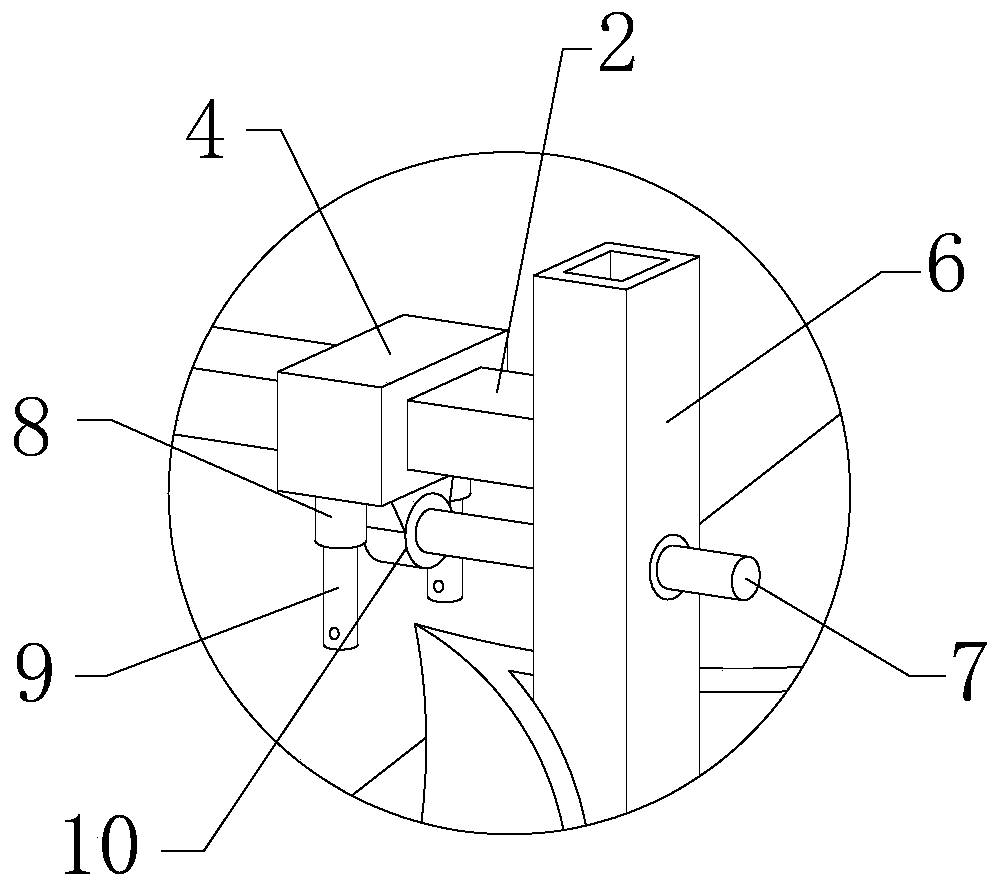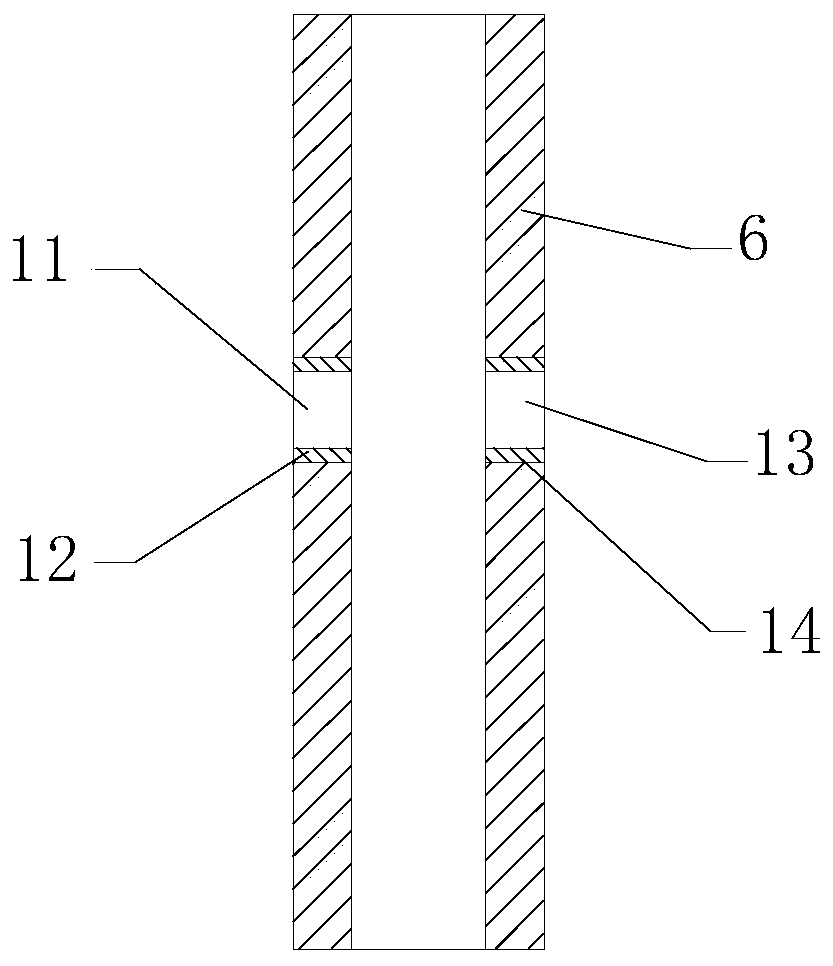Broken soil throwing and ditching device matched with rotary cultivator
A rotary cultivator and soil crushing technology, applied in agricultural machinery and implements, shovels, plows, etc., can solve the problems of spending more energy on cleaning and lack of suitable tools.
- Summary
- Abstract
- Description
- Claims
- Application Information
AI Technical Summary
Problems solved by technology
Method used
Image
Examples
Embodiment Construction
[0018] In order to make the technical means, creative features, goals and effects achieved by the present invention easy to understand, the present invention will be further described below in conjunction with specific embodiments.
[0019] see Figure 1 to Figure 5 , the present invention provides a technical solution: a broken soil ditching device matched with a rotary tiller, comprising a rotary tiller 1, a beam 2 is provided on the side of the rotary tiller 1, and the beam 2 is close to the side of the rotary tiller 1 Two connecting rods 3 are fixed at one end, and the other end of the connecting rod 3 is fixedly connected with the rotary tiller 1, and two connecting rods 3 are installed between the beam 2 and the rotary tiller 1 to improve the stability of the installation of the beam 2.
[0020] The end of the beam 2 away from the rotary tiller 1 is fixed with a square tube 6, and the lower end of the square tube 6 is fixed with a soil turning blade 5. After the rotary t...
PUM
 Login to View More
Login to View More Abstract
Description
Claims
Application Information
 Login to View More
Login to View More - R&D
- Intellectual Property
- Life Sciences
- Materials
- Tech Scout
- Unparalleled Data Quality
- Higher Quality Content
- 60% Fewer Hallucinations
Browse by: Latest US Patents, China's latest patents, Technical Efficacy Thesaurus, Application Domain, Technology Topic, Popular Technical Reports.
© 2025 PatSnap. All rights reserved.Legal|Privacy policy|Modern Slavery Act Transparency Statement|Sitemap|About US| Contact US: help@patsnap.com



